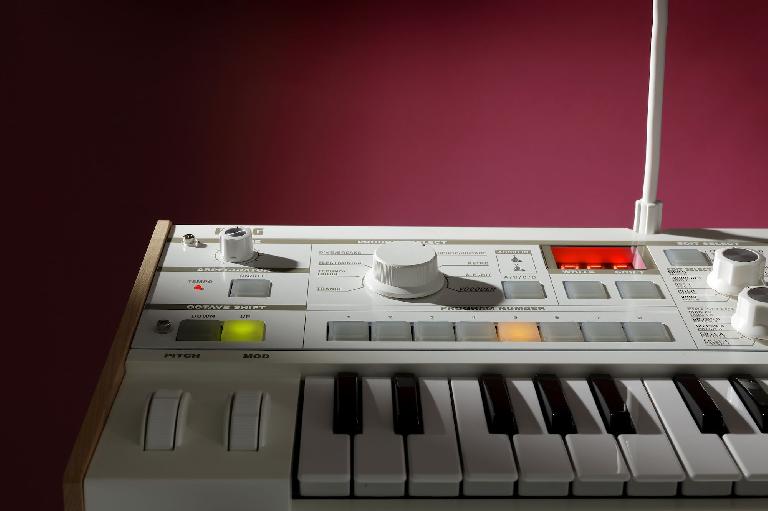

We hear organ chords, a melody played on three presets, a middle eight also on three presets and a synth bass preset.Įach waveform on OSC1 has a unique modulation feature, including wave morphing, Pulse-width modulation, and FM. These samples are taken from the song 'Radio', by British synthpop band Emile's Telegraphic Transmission Device.

The second oscillator (OSC2) is limited to saw, square, and triangle waveforms.ĭemonstration of the microKORG being played. Some of these 64 waveforms were originally featured in the Korg DW-8000 digital synthesizer of the mid 1980s. Alternatively, OSC1 can produce a vox wave (for simulating human vocal cords), white noise, and one of 64 different digital waveforms that were created by harmonic additive synthesis. Oscillator one (OSC1) can produce one of several fundamental waveforms, including saw, square, triangle, and sine waves. A single timbre can be played in four-voice. This can be used to create more complex sounds, although it halves the polyphony from four notes to two. Two timbres can be combined to create a four-oscillator "layer". This is generated with a pair of multi-function oscillators. The fundamental unit of sound is, in Korg's terminology, a "timbre". The microKORG uses DSP technology to emulate the sounds of an analog synthesizer using firmware, and is based around the same engine found in the Korg MS2000. 4.1 Notable external differences of the RK-100S.3.1 New features specific to the microKORG XL.Available since early 2009 it uses MMT Multi Modeling Technology from Korg's newer and more powerful Radias/R3 synthesizers. At NAMM 2008, a successor called the microKORG XL was introduced. In September 2007 Korg released a limited edition of the microKORG with reverse-color keys although the functionality was otherwise unchanged. It is considered one of the most popular music synthesizers in recent history, with estimated 100,000 units sold as of May 2009.

The microKORG was released in 2002 and is still in production as of 2022. The synthesizer is built in such a way that it is essentially a Korg MS-2000 with programmable step arpeggiator (MS-2000 has only six simple patterns), a less advanced vocoder (8 bands instead of 16 bands found on the MS-2000), lack of motion sequencing (MS-2000 had three motion sequences), lack of an XLR microphone input, and in a smaller case with fewer real-time control knobs. The microKORG is a MIDI-capable digital ( virtual analog) synthesizer/ vocoder from Korg featuring DSP analog modelling.


 0 kommentar(er)
0 kommentar(er)
